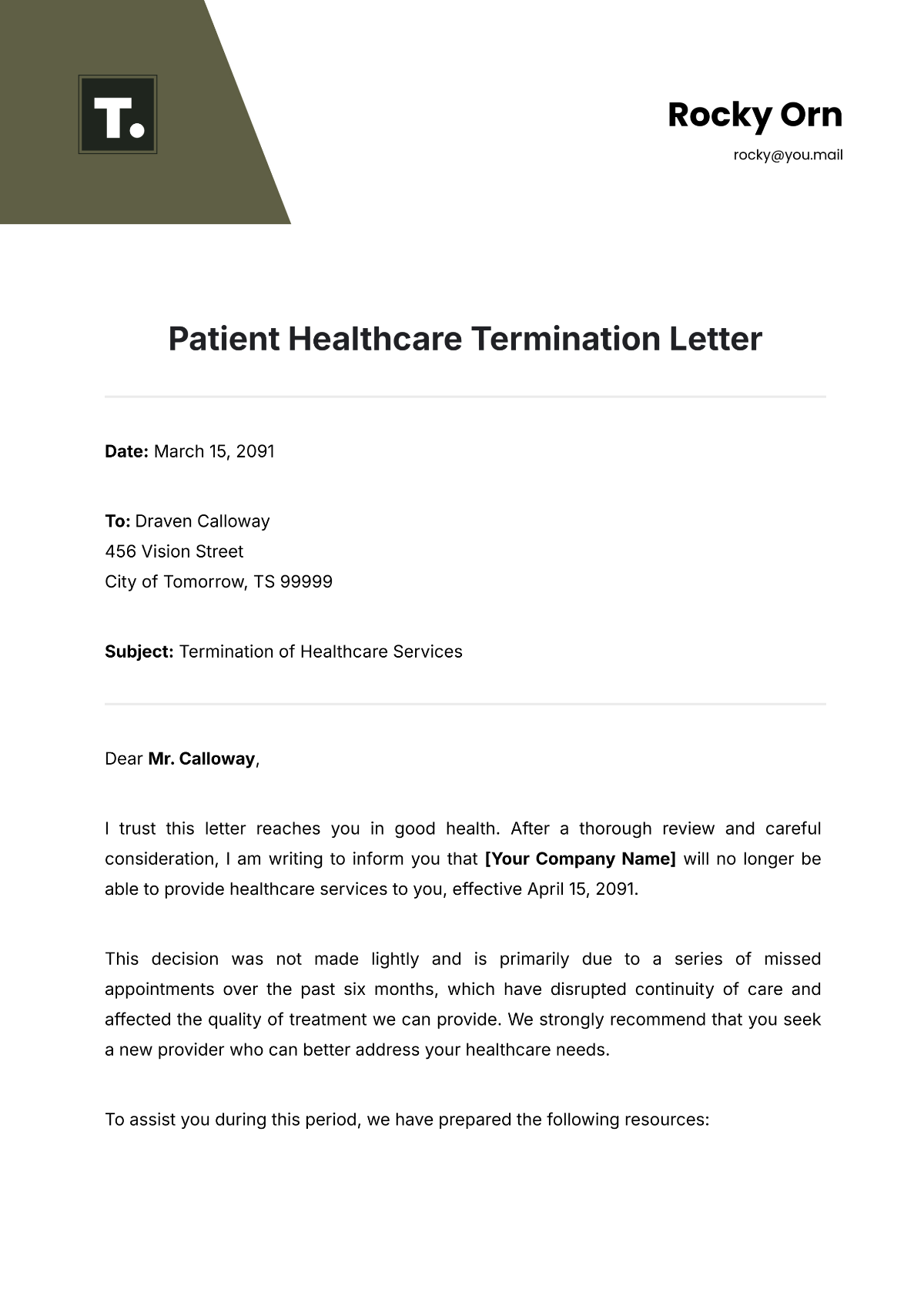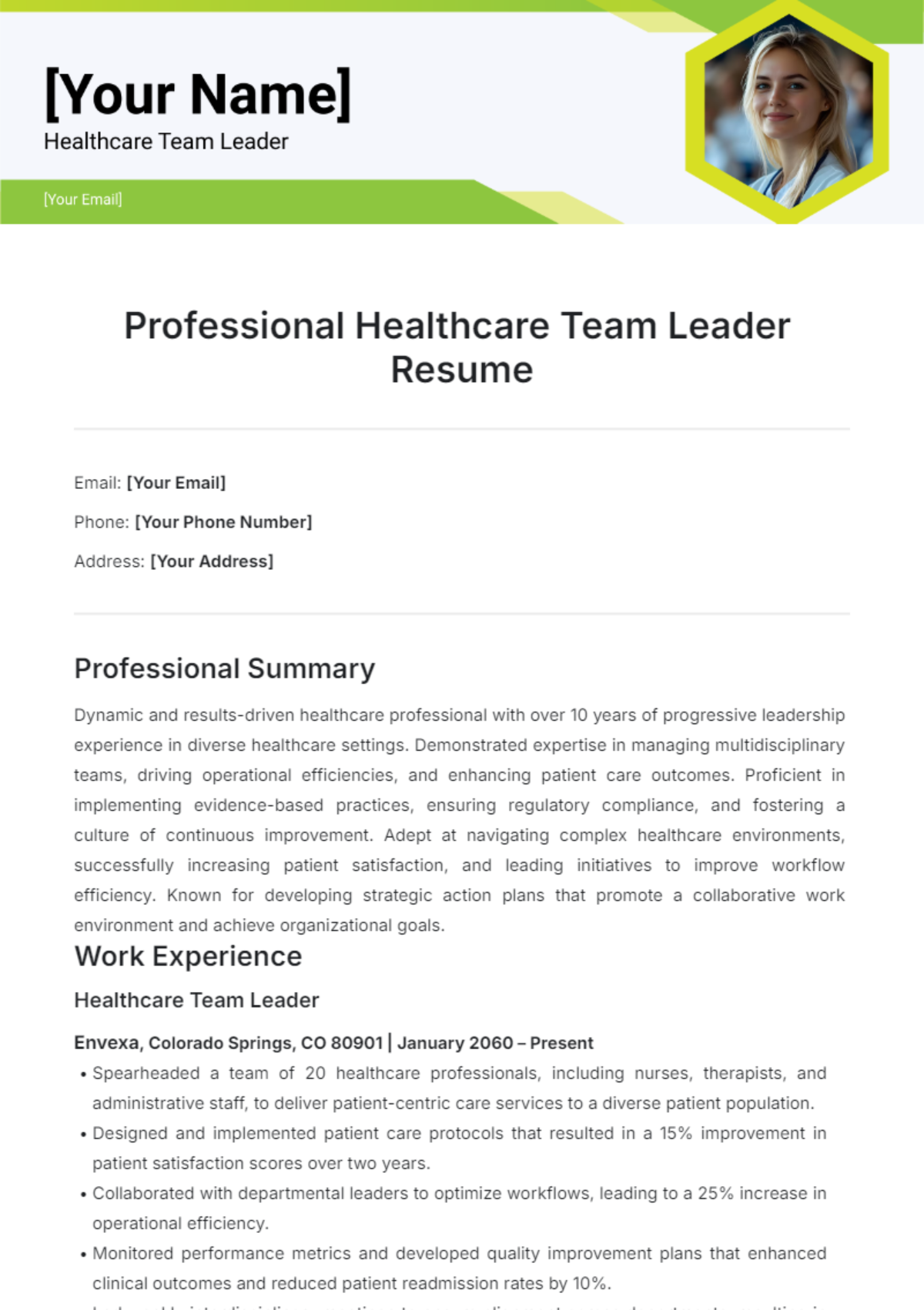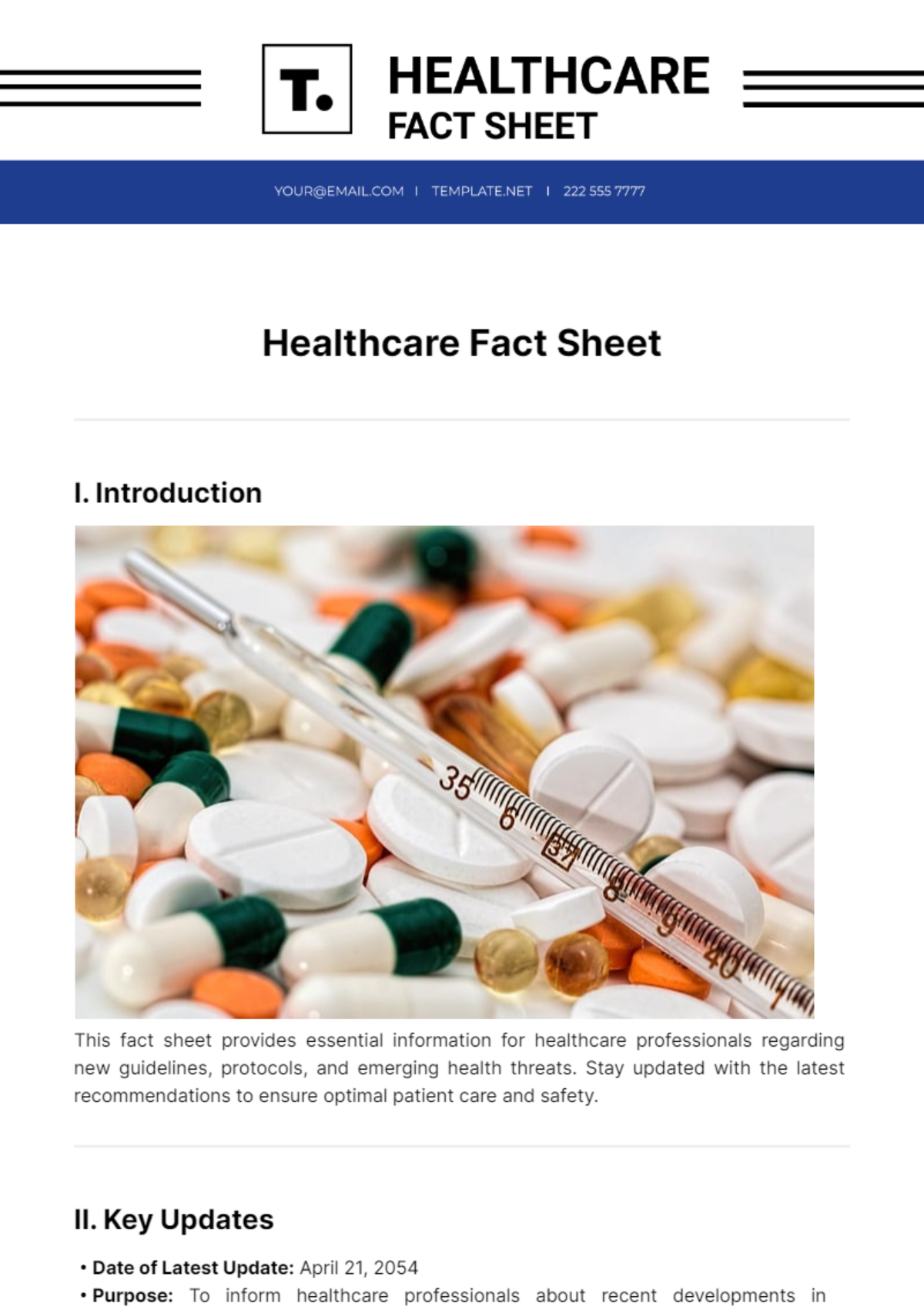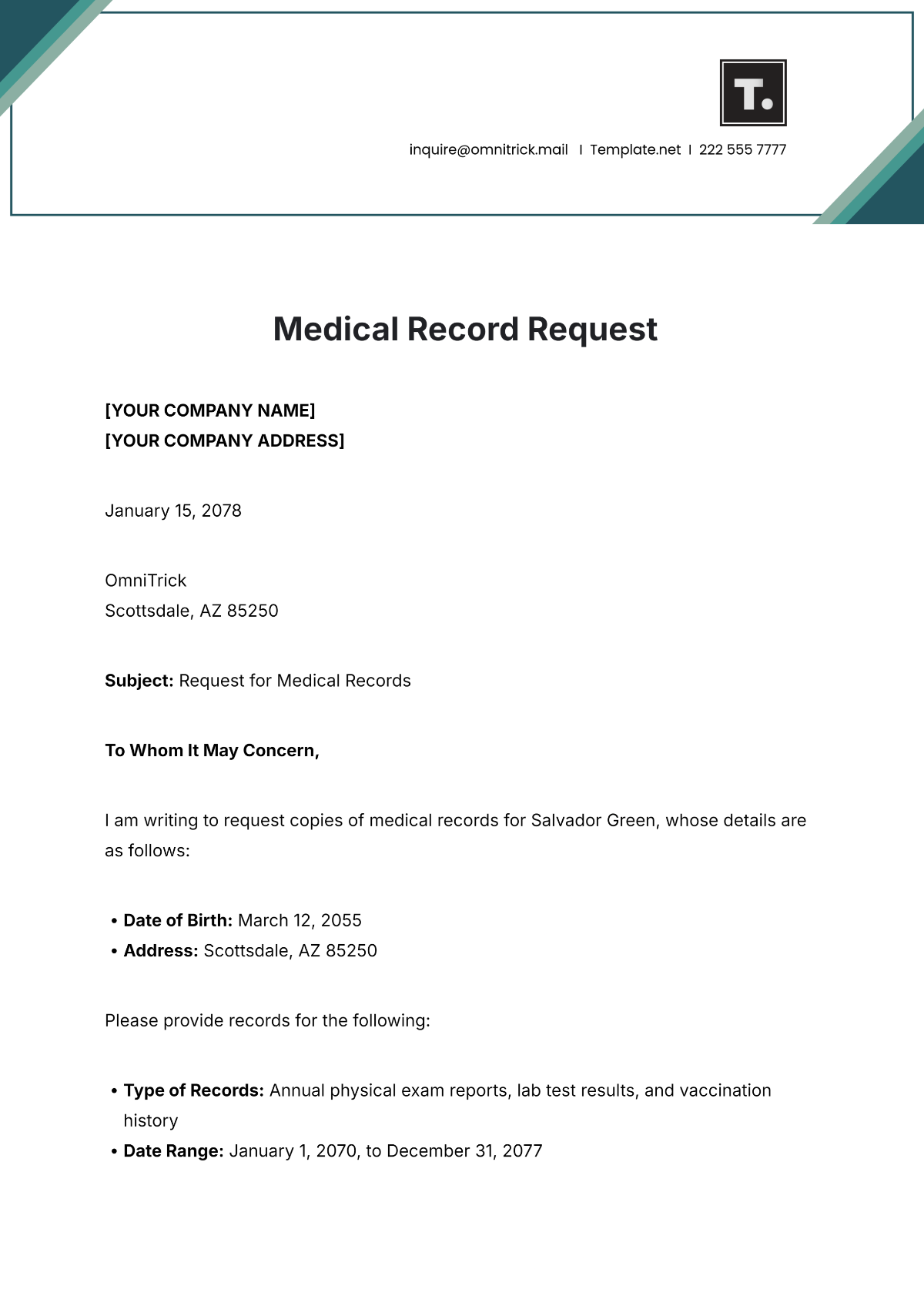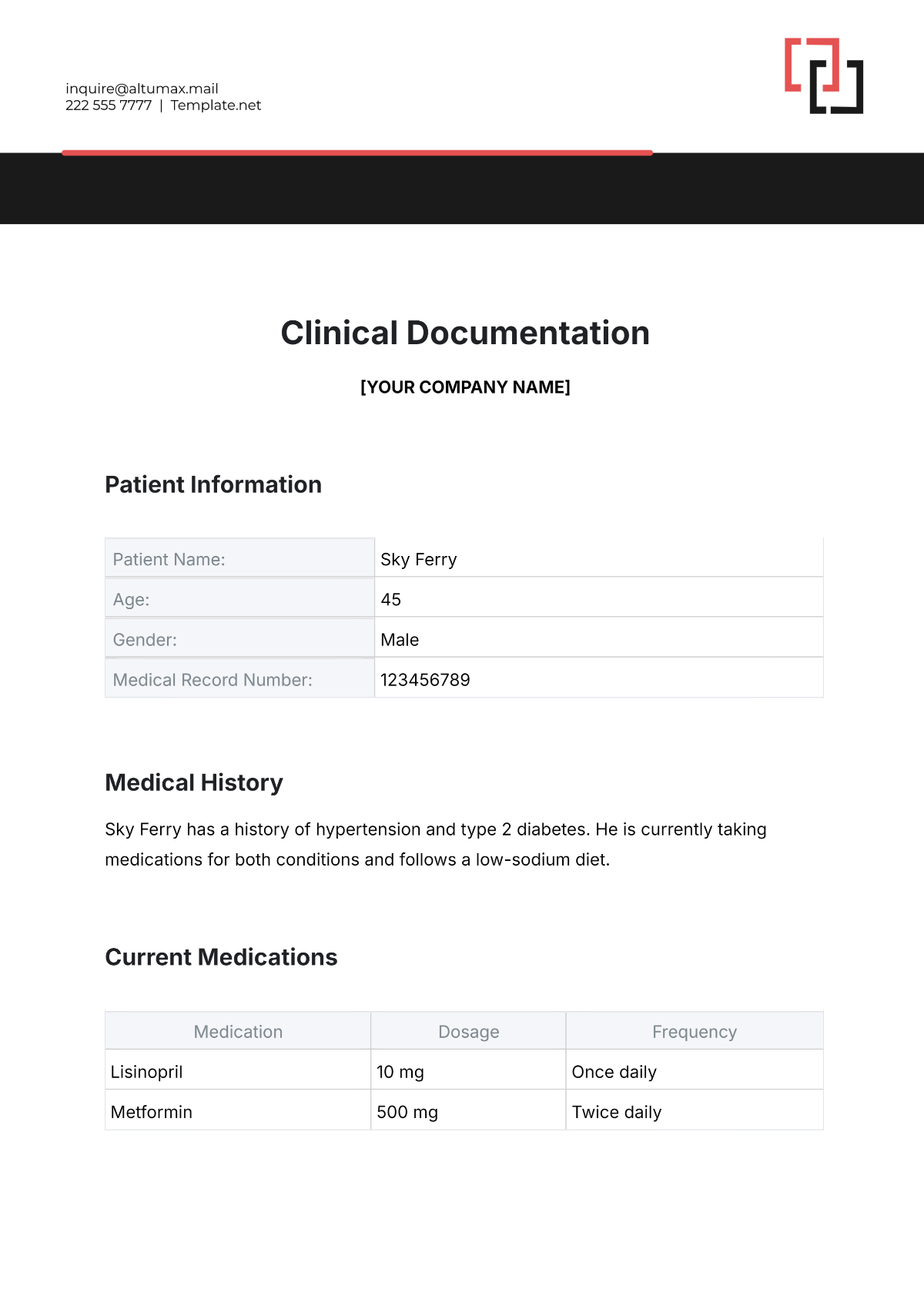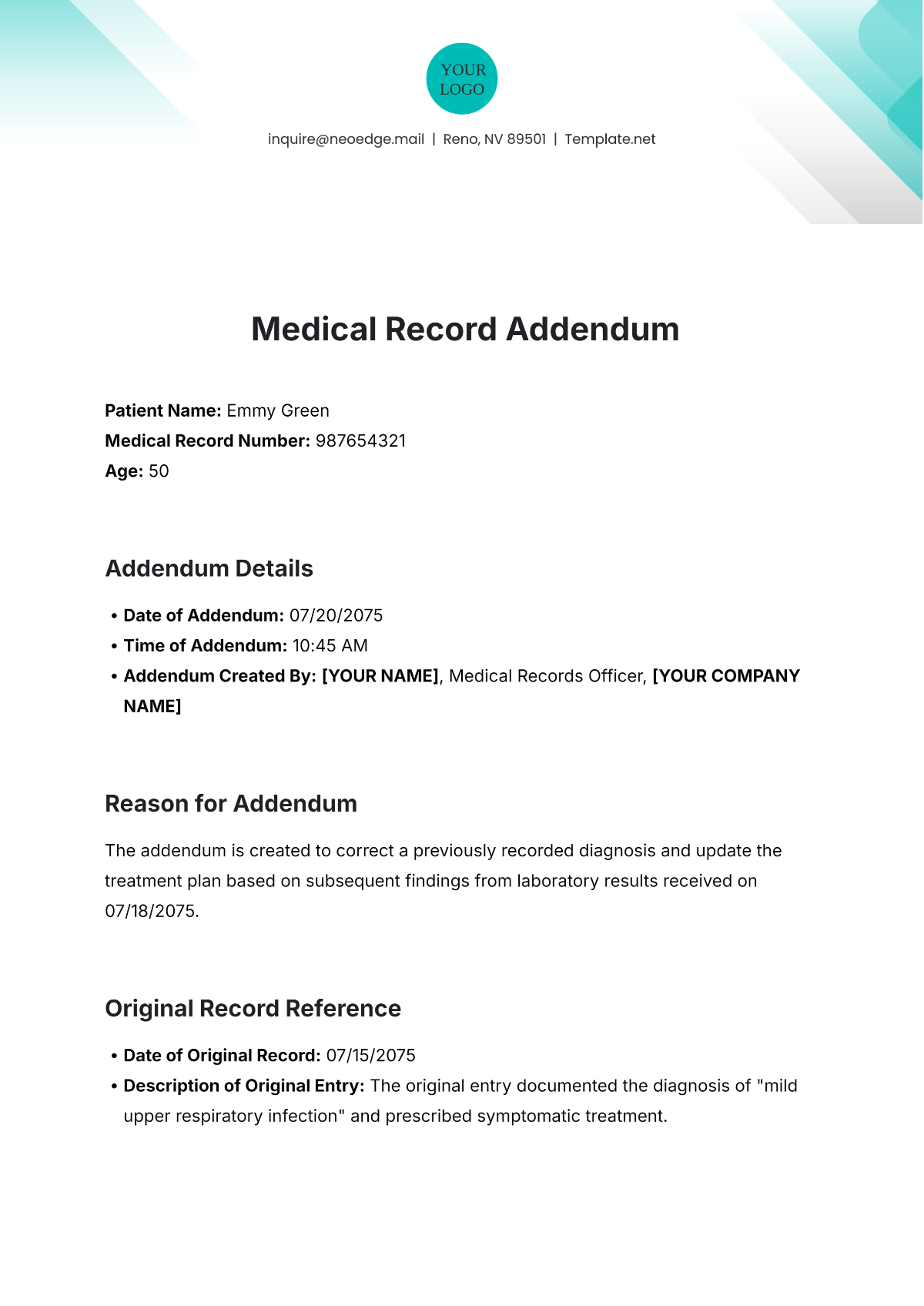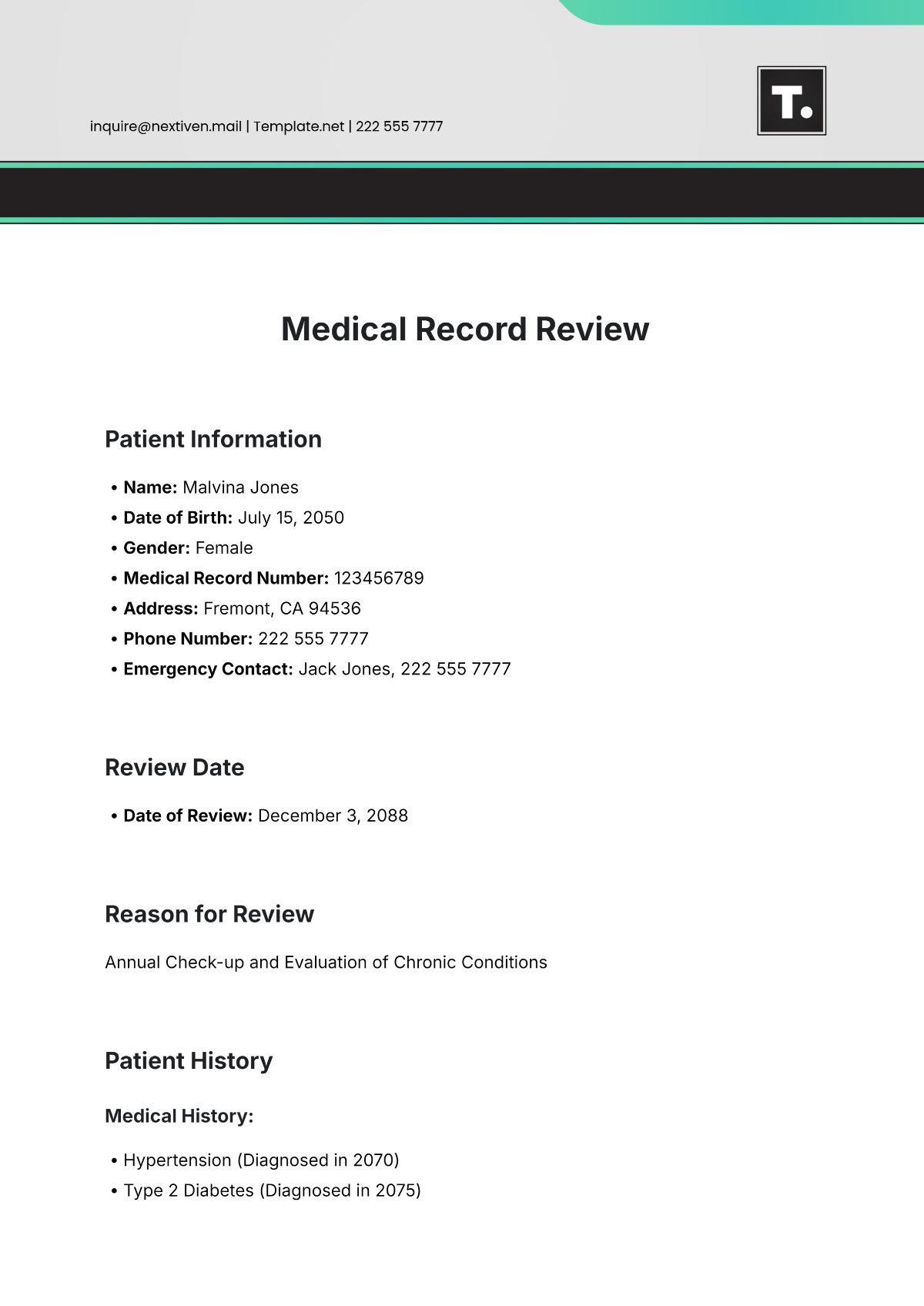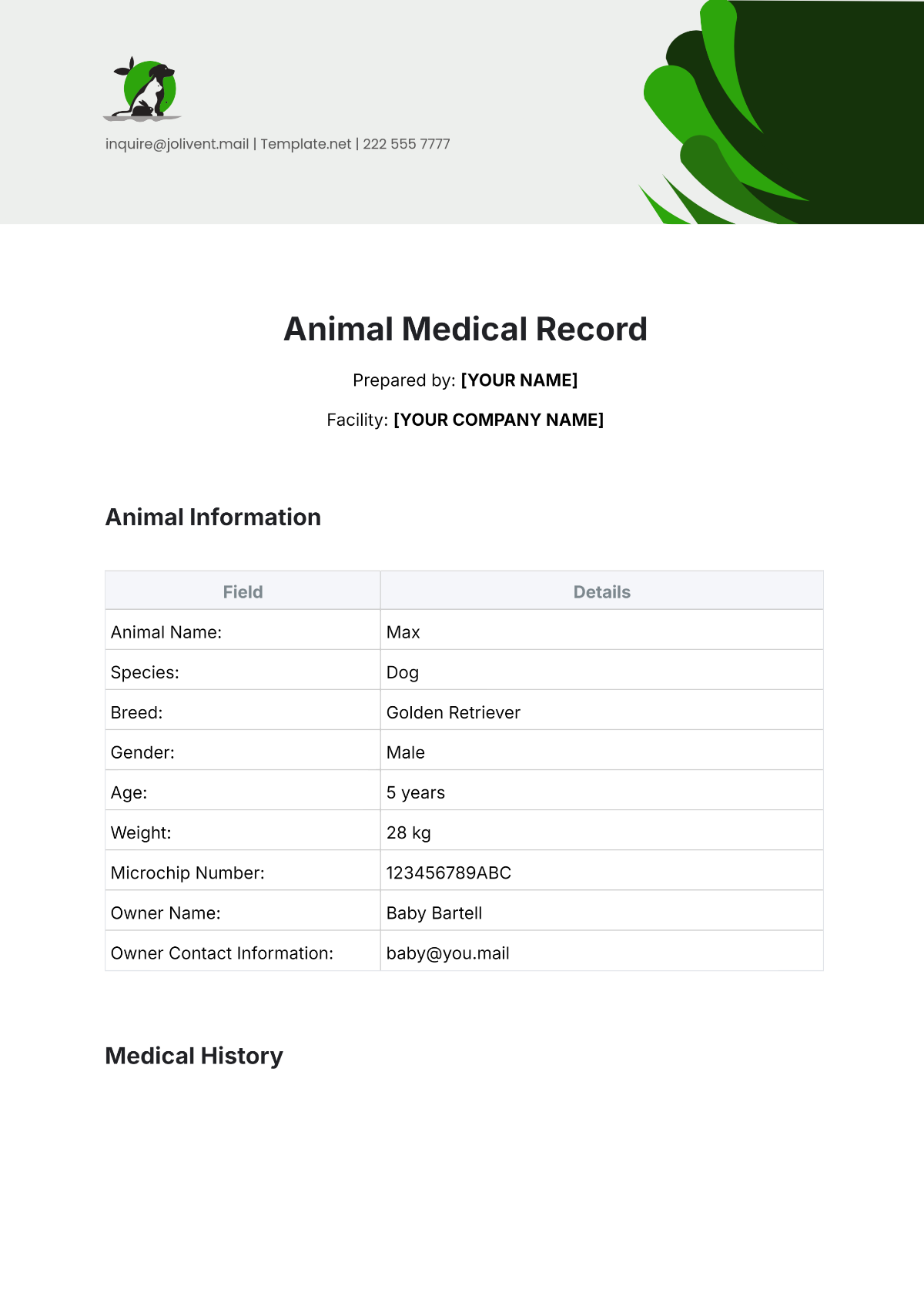Massive Transfusion Protocol
Name: | [Your Name] |
|---|---|
Company: | [Your Company Name] |
Department: | [Your Department] |
Date: | [Current Date] |
I. Objectives
The primary objectives of the Massive Transfusion Protocol (MTP) for Trauma and Emergency Surgery are to establish a systematic approach for the rapid administration of blood products in response to severe bleeding resulting from traumatic injuries. The protocol aims to optimize patient outcomes by ensuring timely resuscitation and restoration of hemostasis in critical situations.
II. Protocol Overview
The Massive Transfusion Protocol provides guidelines for the efficient coordination of resources and personnel involved in the management of patients requiring massive transfusion due to traumatic hemorrhage. It outlines the steps to be taken from the activation of the protocol to the monitoring of patient response, with the overarching goal of delivering life-saving interventions promptly and effectively.
III. Procedure
a. Protocol Activation: Initiate the Massive Transfusion Protocol upon recognition of severe bleeding in trauma or emergency surgery cases, based on predefined criteria such as hemodynamic instability or significant blood loss.
b. Blood Product Preparation: Prepare designated units of packed red blood cells (PRBCs), fresh frozen plasma (FFP), platelets, and other blood products in advance, according to the specified ratios or guidelines established in the protocol.
c. Transfusion Initiation
Administer the initial transfusion of blood products rapidly and concurrently, aiming to achieve hemostasis and restore circulating volume.
Follow the prescribed ratios or individualized transfusion goals based on the patient's clinical condition and laboratory parameters.
d. Ongoing Monitoring and Adjustment
Continuously monitor the patient's response to the transfusion therapy, including vital signs, laboratory values (e.g., hemoglobin, coagulation profile), and clinical status.
Adjust the transfusion strategy as needed based on the evolving clinical picture, ensuring appropriate resuscitation and hemostatic control.
IV. Data Collection
Data collection will involve documenting key parameters such as the time of protocol activation, quantities of blood products transfused, laboratory results, and patient outcomes. This data will be utilized for quality improvement initiatives, protocol refinement, and performance monitoring to optimize the effectiveness of the Massive Transfusion Protocol.
V. Safety Considerations
Ensure compatibility and proper labeling of blood products to prevent transfusion-related errors.
Implement protocols for the rapid identification and management of transfusion reactions or complications.
Adhere to established guidelines for the appropriate use of blood products, considering the risks of transfusion-associated complications and the principles of patient blood management.
VI. Conclusion
The Massive Transfusion Protocol for Trauma and Emergency Surgery serves as a critical tool in the management of patients with severe bleeding resulting from traumatic injuries. By providing structured guidelines for the rapid administration of blood products and ongoing monitoring of patient response, the protocol aims to optimize outcomes and improve survival rates in high-acuity situations.




